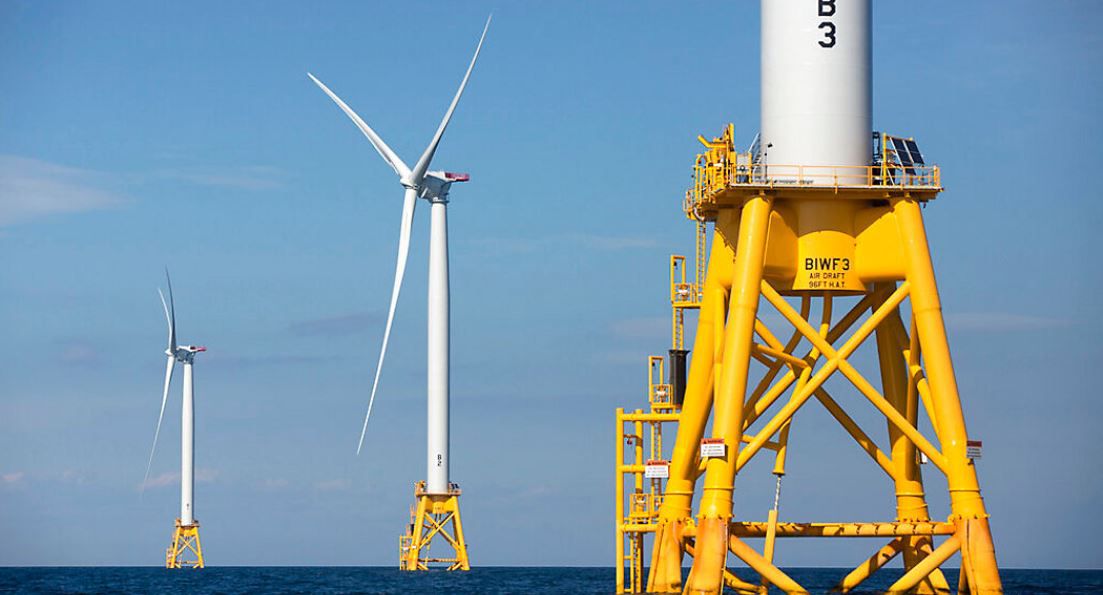CLEVELAND — The Lake Erie wind turbine project called “Icebreaker” that would have become the first freshwater wind farm in North America has been put on hold, officials announced.
The Lake Erie Energy Development Corp. (LEEDCo) attributed the pause to rising costs and other challenges, such as birds and a lawsuit, that have delayed the Icebreaker project.
“General inflation and global circumstances have significantly increased capital costs, especially for materials like steel, making offshore wind particularly susceptible to economic fluctuations,” LEEDCo stated in a press release. “While LEEDCo is a small nonprofit, other projects being pursued by the world’s leading offshore wind developers, with government support, are being stalled by similar factors.”
Plans for the wind farm came to the surface in 2009 and eventually got approval from the Ohio Environmental Protection Agency, as well as other local, state and federal agencies, LEEDCo said. The project would develop six wind turbines located eight miles off of Cleveland shoreline. LEEDCo said Icebreaker expected to generate more than $253 million for the region’s economy, as well as create 500 jobs.
LEEDCo attributed one of the challenges to time restrictions, which was put in place by the Ohio Power Siting Board. The siting board gave Icebreaker the green light in 2020 with a permit, but said the turbines couldn’t operate at night from March 1 and Nov. 1 to prevent harm to birds and bats. That decision was eventually reversed later that year.
Another challenge came when two northeast Ohioans questioned the Icebreaker project’s environmental impact in a lawsuit. In August 2022, the Ohio Supreme Court ruled 6-1, stating that the Ohio Power Siting Board had collected enough information in terms of environmental impact and allowed the project to proceed.
LEEDCo said other issues led to the pause, including its private financial partner no longer supporting the costs for the project because of the obstacles, higher interest rates and a mutual agreement with the U.S. Department of Energy’s Office of Energy Efficiency and Renewable Energy to end a funding award.
LEEDCo said it hasn’t given up hope on the potential of developing offshore wind, and that the research into the project helped laid the groundwork for future endeavors.
“I maintain my belief that — just as Ohio was the first in flight — the day will come when Ohio will be a leader in advanced energy,” said LEEDCo Board Chair Ronn Richard. “I am disappointed by this pause on Icebreaker, but I believe that there will be a significant number of offshore wind turbines in the Great Lakes in my lifetime. Climate change will necessitate it.”



